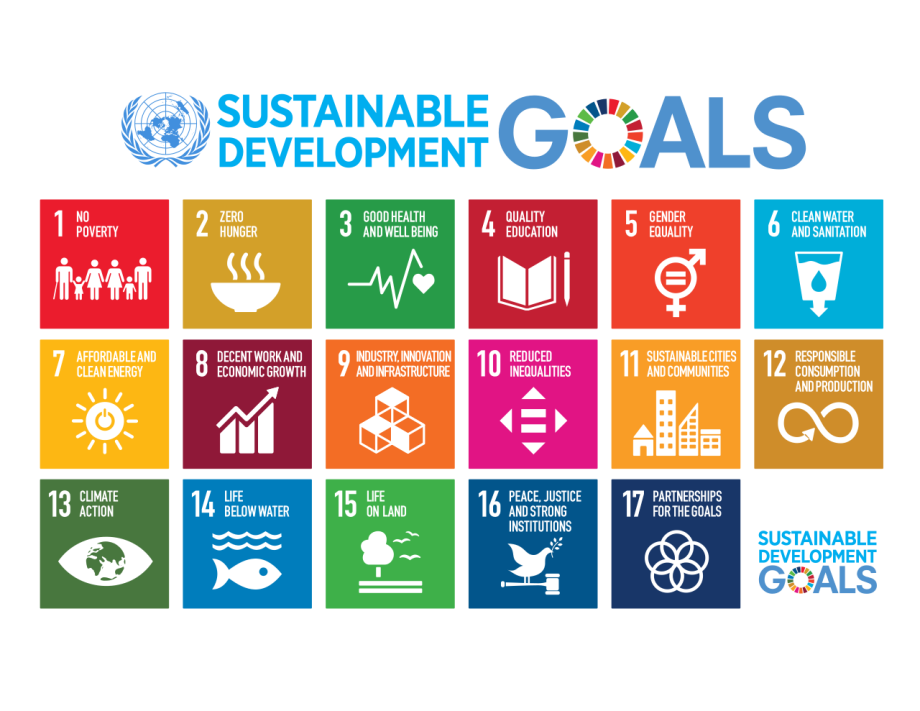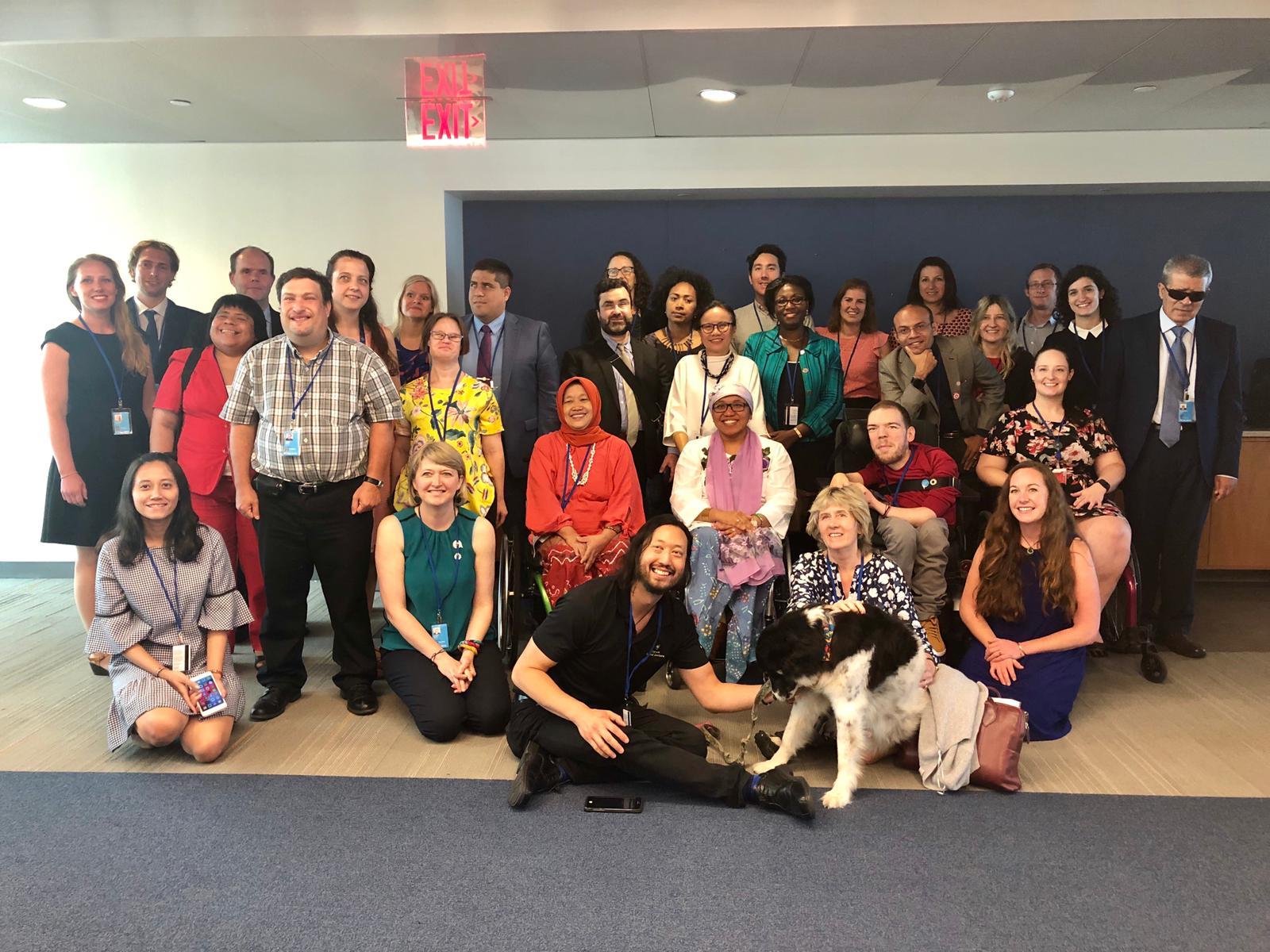2030 Agenda for Sustainable Development
The 2030-Agenda was established by the United Nations (UN) in September 2015. It is a joint plan to achieve sustainable development globally by 2030.
The Agenda centres around 17 Sustainable Development Goals (SDGs) that highlight three dimensions of development: economic, social and environmental. Governments, UN agencies, non-governmental organisations and the business sector have agreed to work in partnership to try to end poverty, promote peace, share wealth and protect the planet by 2030.
Besides realising the SDGs, the international community pledged their commitment to the ‘Leave No One Behind’ principle (LNOB) as an overarching aim of the Agenda. The effort to leave no one behind is a direct response to the shortcomings of the Millennium Development Goals (MDGs). The predecessor agenda to the 2030-Agenda failed to achieve major development progress for those who already belong to groups of people in vulnerable contexts. The 2030-Agenda aims to do better and specifically targets those who are currently furthest behind in development progress. In addition to women and children, persons with disabilities, among others, are explicitly highlighted. Throughout the Agenda, there are 11 explicit references to persons with disabilities and disaggregation of data by disability is a core principle.
According to the preamble, the participation of “all countries, all stakeholders and all people” is key to achieving the 2030-Agenda. Specifically, SDG 16 and 17 address participation directly by calling for an environment that supports tolerance towards differing views and ensures “responsive, inclusive, participatory and representative decision-making at all levels.”

The annual High-Level Political Forum on Sustainable Development (HLPF) provides an opportunity to check the status and pace of the implementation of the 2030-Agenda. Each year several states present their Voluntary National Review (VNR) to report on their progress in the Agenda implementation. The participation of Organisations of Persons with Disabilities (OPDs) in such VNR processes is crucial to ensure that no one is left behind. Persons with disabilities and their organisations need to be active members of the mechanisms of civil society monitoring and reporting such as shadow reporting as this is the main way to take part in the process at national and local levels.
Stakeholder Group of Persons with Disabilities
The Stakeholder Group of Persons with Disabilities (SGPwD) accompanies processes around the 2030-Agenda at UN level and makes sure that the voices and demands of persons with disabilities are included in the discussion.

Further resources: CBM and IDA (2017): Toolkit for DPOs voluntary national reviews. How to review if the SDGs have been achieved for persons with disabilities in your country.
The link between the SDGs and the CRPD
The text of the 2030-Agenda and the Sustainable Development Goals (SDGs) can be interpreted through the lens of the Convention on the Rights of Persons with Disabilities (CRPD) in the following ways:
- All references to ‘equal’ must be underpinned by CRPD article 5, which promotes equality of opportunity and non-discrimination of persons with disabilities.
- References ‘for all’ include all persons with disabilities - persons with different types of impairments and support requirements; women with disabilities (CRPD Article 6) and children with disabilities (CRPD Article 7).
- For all references to ‘access’ or ‘inclusion,’ article 9 of the CRPD on accessibility provides the legal standard which requires governments to take action to ensure persons with disabilities can exercise the right to independent living and participate in all aspects of life.
- All references to ‘those in vulnerable situations’ include the right of protection and safety of persons with disabilities in situations of risk, natural disasters, and humanitarian emergencies (CRPD Article 11).
- All progress made by the SDGs must be monitored through disability disaggregated data (CRPD Article 31).
- All References to ‘development and/or least developed countries’ relate to international cooperation and partnerships (CRPD Article 32).
It is important to stress that both the SDGs and the CRPD must be implemented as a whole. This means that countries should not ‘cherry-pick’ single goals or articles, as all of them form part of a complex and interconnected equation.